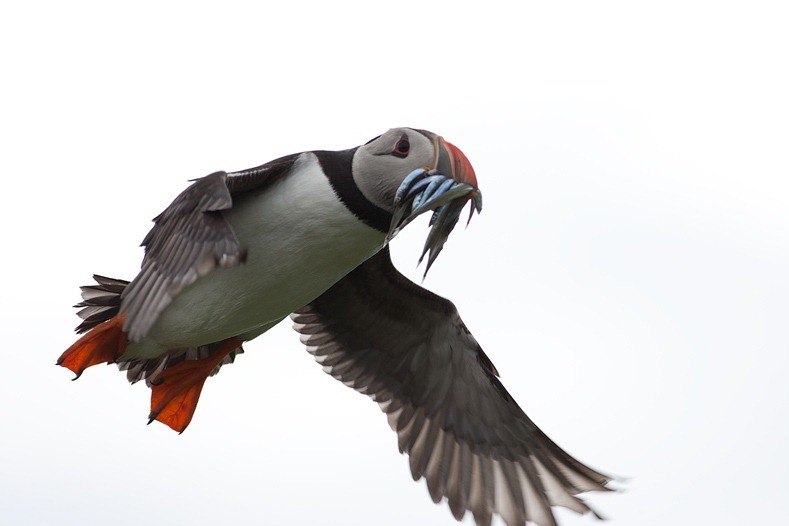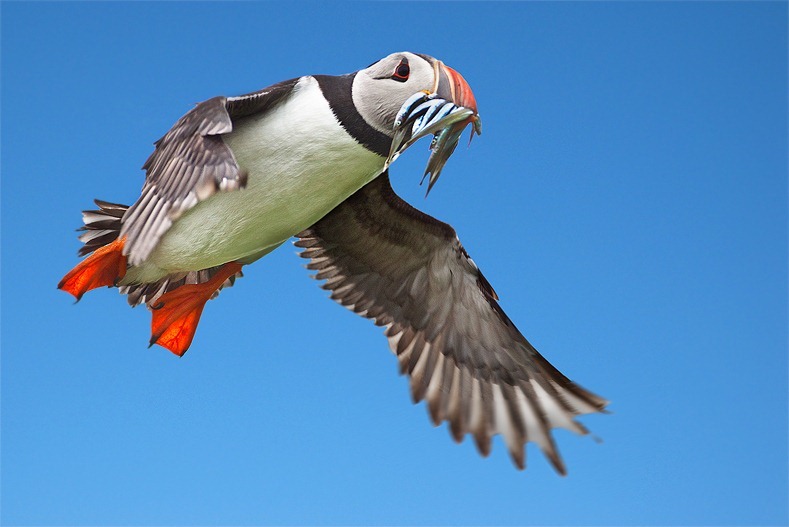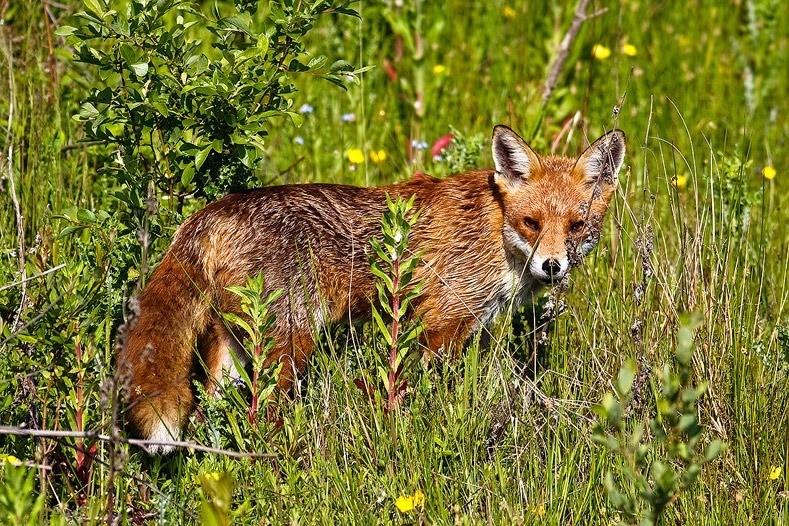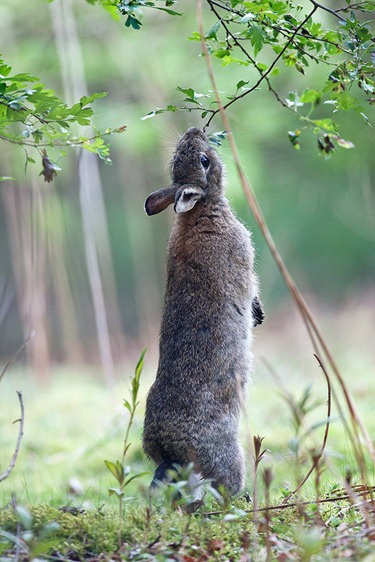| When I started my photography I was at college where I largely learnt using black & white and in the darkroom, developing and printing my own photographs. During that process you could change the images at the development stage or during the printing such as by dodging and burning. Nowadays most people are using digital – gone are the darkrooms with the chemicals and enlargers, replaced instead by computers and software like Photoshop. Although many shoot digital in JPEG straight from the camera, lots of people, including myself, shoot RAW which means there is some ‘processing’ needed using software to get the final image. ‘A Picture Never Lies’Having briefly flirted with the idea of becoming a photojournalist (when I was younger and idealistic), this phrase ‘a picture never lies’ was around, and was probably more truer then in the days of film, but now you never quite know what you’re getting, with some skills at using a software package like Paintshop Photo Pro and Photoshop you can completely change an image. On a recent visit to the Farne Islands I took a large number of pictures in RAW. This was my first photographic visit to the islands and I had seen so many amazing images but most of these were taken in sunshine with lovely blue sky backdrops. When I got there it became overcast and so had boring, dull grey backgrounds making the images that more poorer for it which got me thinking, and so the idea for this post. The first image of the Puffin below is the original converted RAW file with no changes. The second I added blue sky, the way I would have liked it to have been on the day, but because the left wing tips were also ‘clipped’ I also added these, showing what can be done. I think if you didn’t know, I could have ‘got away’ with this and my skills aren’t particularly expert so you can imagine what could be done. |
 |
 |
| I am someone who believes in getting as much as possible right in the camera on the day. The above image was given exposure compensation to try and prevent a silhouette , when it came to processing it, I adjusted levels, a bit more fill in the shadows, colour saturation and sharpening. I’ve noticed on the Mk III it needs this more sharpening than what I’ve been previously used to. Normally, with the exception of noise reduction if needed and slight, occasional cropping for aesthetics, that would be it. I don’t think there is anything wrong in doing those basics – our eyes see differently from what the camera does and all I try and do is recreate what I remember seeing – this is especially true of landscapes – however, I would not have normally made these other changes as this was not the way it was originally and adding the wing tips? Well, part of my enjoyment in photographing, in particularly wildlife, is my own skills and abilities, so I would be cheating myself if I was to accept this and would normally throw out any image that cropped off part of the subject. The Fox image below is a photograph I have used but I have made some slight changes in this if you can see where. The top one is the final image. |
 |
 |
| The changes made? The grass stem across the Foxes eye was cloned out and, although I don’t remember originally doing it or why, a twig crossing the tail. Was it ok to do this or should I left it exactly as it was? Apart from that the usual changes were made – sharpening and adjusting levels – no cropping or anything else was needed. Below is a photograph of a Rabbit I took earlier this year. This time only sharpening and levels. (Right original) I did find that large brown stem just to the right very distracting and would have been tempting (and easy enough) to have cloned it out but then when do you draw the line? |
  |
| In using RAW, you’re expected to make some changes as the camera captures the very basic images and so would look very flat and soft without it. When you shoot JPEG, the camera processes everything for you, hence the styles you can choose, adding saturation, sharpening, contrast, etc. I’m glad I learnt my photography when and the way I did and with my parents old camera which was completely manual, even the focusing had to be guessed! It’s just my opinion, but I don’t think that many people learn photography any more, just how to use the camera which isn’t necessarily the same thing as the camera will often do everything for you. Not that this is a bad thing, it opens photography up to more people who would otherwise be put off with the technical side. However, digital photography does make it more open to making changes to the image, but it is just another form of art so I guess it’s down to individual interpretation as to how far you go and what is ok. |
Sunday 10 July 2011
Subscribe to:
Post Comments (Atom)





0 comments:
Post a Comment